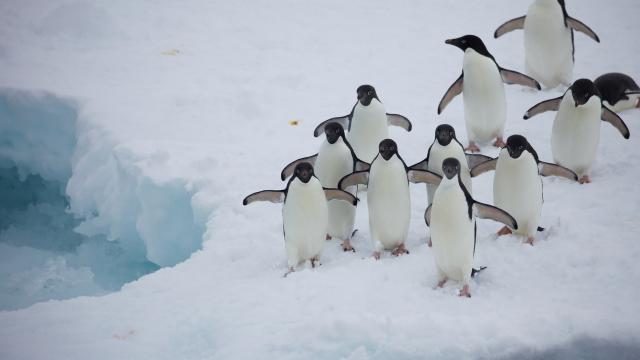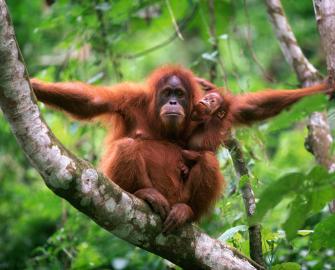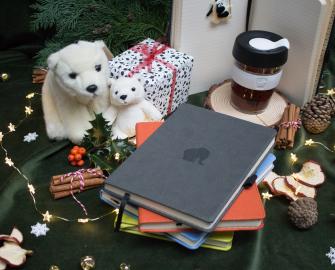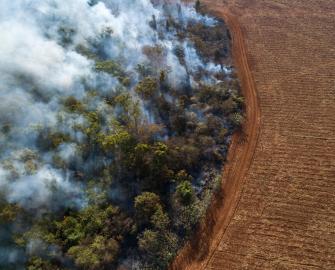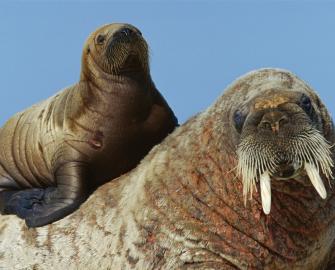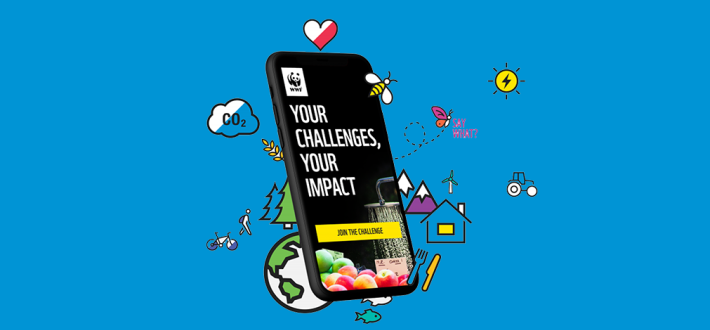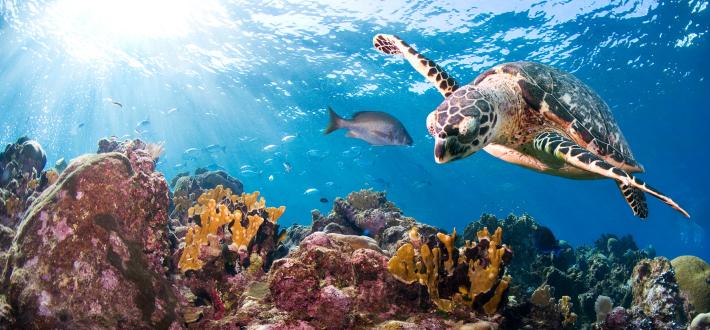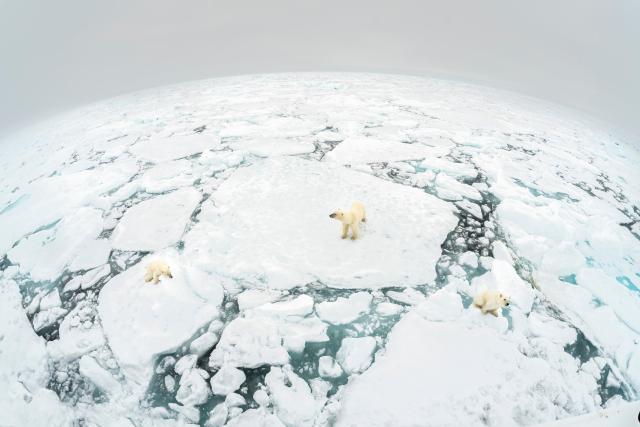
Climate change is putting pressure on wildlife
Since 1970, we’ve lost 69% of all wildlife populations. And climate change is making our most precious wildlife even more vulnerable.
As our planet heats up, we’re living through more extreme weather, floods, fires and droughts.
Wild animals are struggling to cope – food disappearing, water drying up, their homes destroyed.
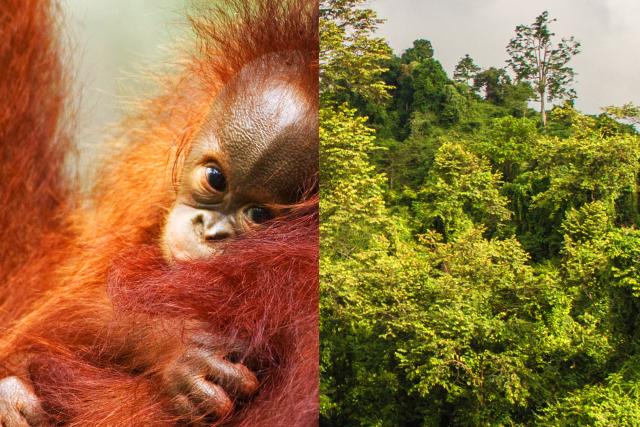
But we have the solutions
Saving wildlife means saving its habitat, its home. It’s about keeping the climate stable, forests growing and oceans healthy.
It can feel scary and overwhelming, but we have the solutions. Together, we can create a better future for wildlife and for people.
We’re defending wild places, restoring forests and fighting to limit global warming. That’s good news for wildlife, and for us all.
In Numbers
70%
How much wildlife populations have reduced since 1970
3,900
The number of tigers left in the wild
1.5
If we can keep global warming to 1.5 degrees and no higher, we can reduce the risks to wildlife, people and our planet
1/4
More than a quarter of assessed species in the Living Planet Report were threatened with extinction
How we’re helping wildlife and tackling climate change
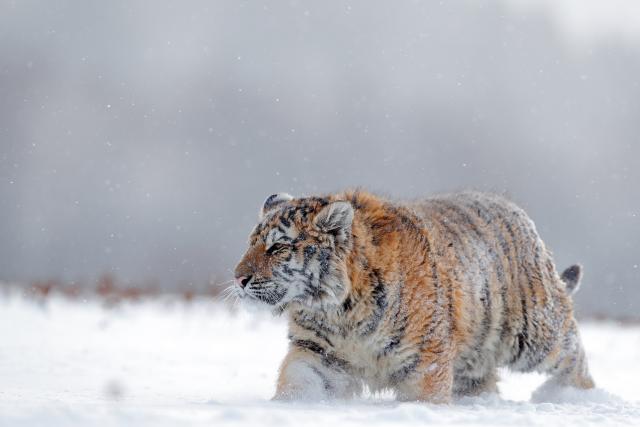
Tigers – Under Pressure
With your support, we’re protecting and restoring wild places at risk from more extreme weather, like the forest homes of the endangered tiger.
These forests also have the power to store huge amounts of harmful carbon from the air, helping us fight climate change. Good news for tigers – and for us all.
There’s now estimated to be only around 3,900 of the big cat left, but in recent years we’ve seen tiger numbers bouncing back. We need to keep going.
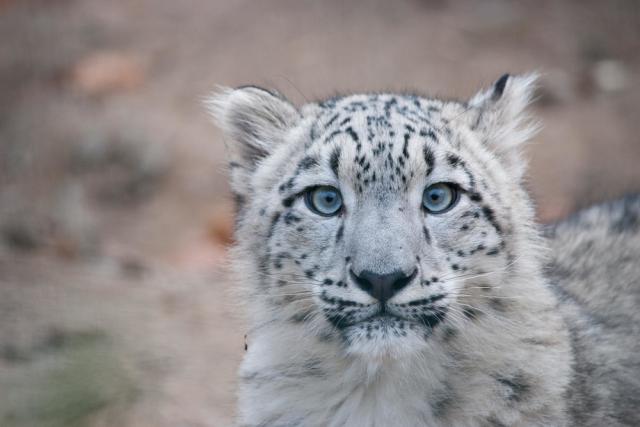
Snow leopards – Living on the Edge
We’re supporting local communities to safely co-exist with snow leopards.
Already vulnerable, snow leopards are seeing their habitats shrink as their snowy home heats up. As food supplies get low, they turn more to livestock, bringing greater conflict with local people.
Your help means we can continue supporting community schemes for herders who lose livestock to snow leopards, and with more climate-resistant farming. In an area we support, there’s been no record of snow leopards being killed to protect livelihoods in recent years.
That’s a better future for snow leopards – and for people.
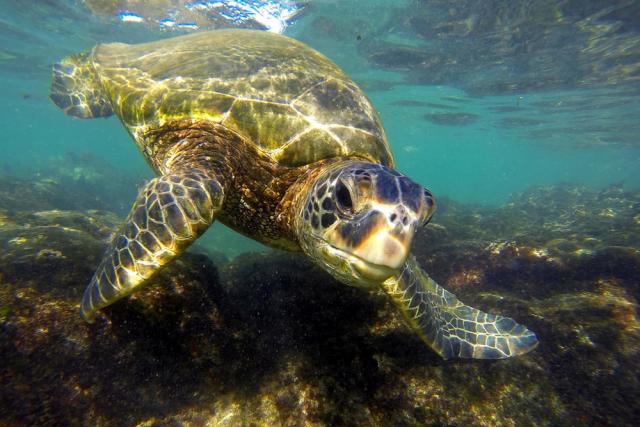
Turtles – Too Hot to Handle
Thanks to you, we can give the next generation of turtles a fighting chance.
For generations, marine turtles have returned to the same beaches every year to lay their eggs. But with sea levels rising and storms made worse by climate change, they could be returning home to find their nesting sites washed away.
To save turtles, we’re moving eggs laid too close to the water and planting precious mangrove forests, which act as a barrier to rising waters. Great for turtles, and the people who live on the coast.
How you can help
What else can I do?

